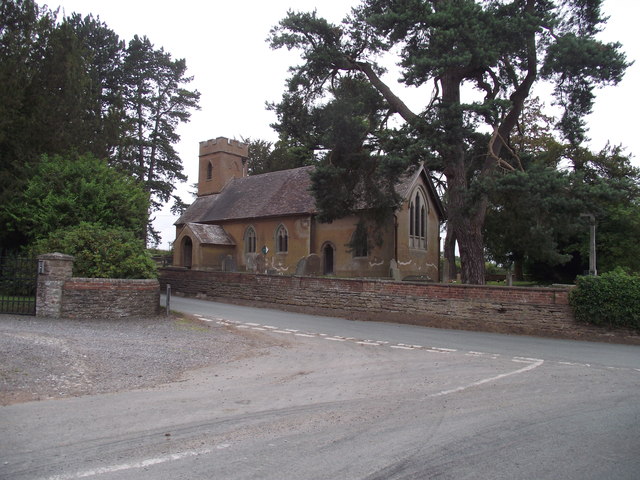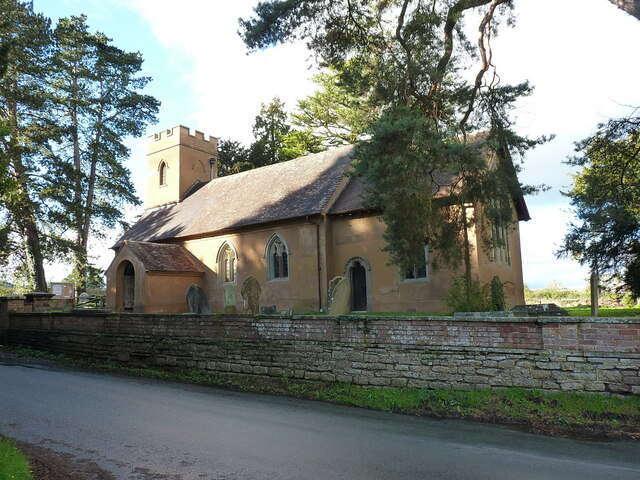Lower Monkhall
Settlement in Shropshire
England
Lower Monkhall

Lower Monkhall is a small village located in the county of Shropshire, England. Situated approximately 6 miles southwest of the town of Shrewsbury, Lower Monkhall is a rural community known for its picturesque surroundings and charming countryside.
The village is characterized by its traditional English architecture, with many buildings dating back several centuries. The local church, St. Mary's, is a prominent feature of the village, displaying a mix of architectural styles from various eras.
Lower Monkhall is primarily an agricultural community, with farming being the main occupation of its residents. The surrounding countryside is dotted with farmland and fields, providing a peaceful and idyllic backdrop to the village.
Despite its small size, Lower Monkhall boasts a close-knit and friendly community. The village hosts various social events throughout the year, including a summer fête and a Christmas market, which bring together residents and visitors alike.
The village is also well-positioned for outdoor enthusiasts, with numerous walking and cycling paths in the vicinity. The nearby Shropshire Hills Area of Outstanding Natural Beauty offers stunning landscapes and opportunities for outdoor activities such as hiking, horse riding, and birdwatching.
Overall, Lower Monkhall is a quintessential English village, offering a tranquil and rural lifestyle amidst beautiful countryside, while still being within easy reach of larger towns and amenities.
If you have any feedback on the listing, please let us know in the comments section below.
Lower Monkhall Images
Images are sourced within 2km of 52.544855/-2.5583524 or Grid Reference SO6294. Thanks to Geograph Open Source API. All images are credited.

Lower Monkhall is located at Grid Ref: SO6294 (Lat: 52.544855, Lng: -2.5583524)
Unitary Authority: Shropshire
Police Authority: West Merica
What 3 Words
///comically.plant.toxic. Near Much Wenlock, Shropshire
Nearby Locations
Related Wikis
Monkhopton
Monkhopton is a village and civil parish in Shropshire, England. It is 6.5 miles south of Much Wenlock. There is an Anglican church: Its co-ordinates are...
Acton Round
Acton Round is a village and civil parish in the English county of Shropshire. Acton Round was recorded in the Domesday Book as Achetune. The civil parish...
Aston Eyre Hall
Aston Eyre Hall is an unfortified stone manor house at Aston Eyre near Bridgnorth in the English county of Shropshire, United Kingdom. It is a Grade II...
Aston Eyre
Aston Eyre is a hamlet and civil parish in Shropshire, England, about four miles west of Bridgnorth. The area has a significant amount of green space....
Nearby Amenities
Located within 500m of 52.544855,-2.5583524Have you been to Lower Monkhall?
Leave your review of Lower Monkhall below (or comments, questions and feedback).



















